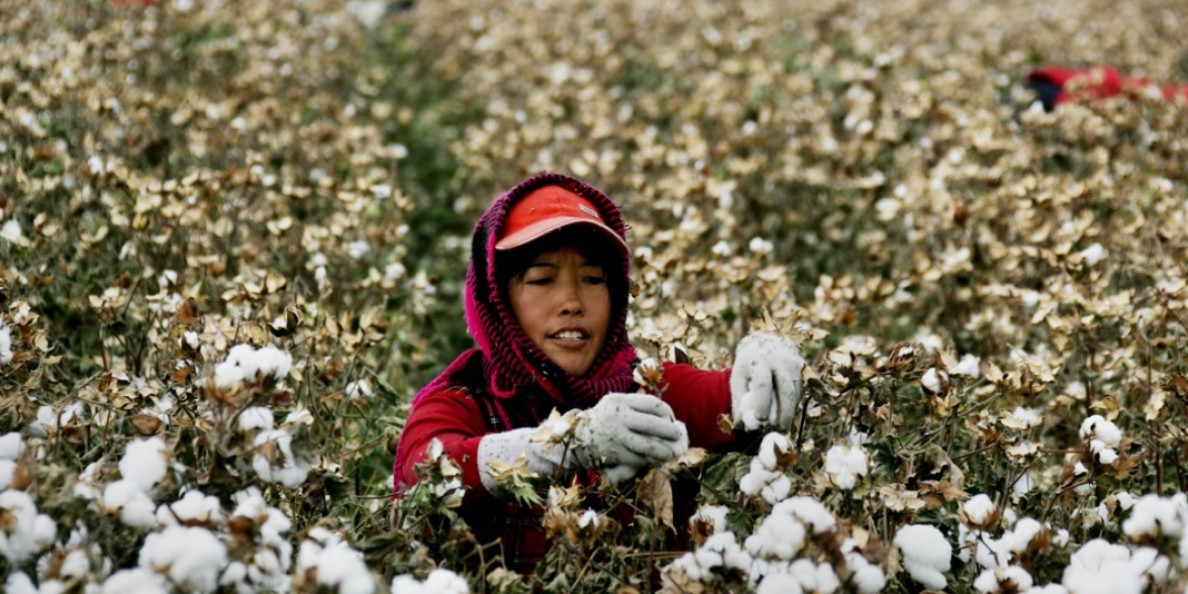Bloomberg News
(Bloomberg) -- Supply Lines is a daily newsletter that tracks trade and supply chains disrupted by the pandemic. Sign up here.
China looks likely to allow more cotton imports than usual this year after a U.S. ban on fiber from Xinjiang spurred some Western retailers to avoid material produced from the controversial region.
Beijing may issue another batch of import quotas soon to meet rising global demand for textiles after awarding 700,000 tons last month, said Xu Yaguang, an analyst at Huatai Futures. China issued just 400,000 tons of quotas in 2020.
Washington banned entry of all products using cotton from Xinjiang early this year over China’s alleged ill-treatment of its ethnic Uyghur Muslim minority. Hennes & Mauritz AB -- better known as retail brand H&M -- also refused to use cotton from the region, which accounts for around 80% of Chinese output and a fifth of the world’s supply of the fiber.
See also: U.S. to Block Some Solar Goods Made in Xinjiang Region
The Biden administration is increasing pressure on China over Xinjiang, where advocacy groups and a panel of United Nations experts say Uyghurs have been subjected to mass arbitrary detention and forced to work against their will. The U.S. is poised to bar some solar products made in the region, according to several people familiar with the matter.
China’s cotton imports have already increased following the U.S. ban, customs data show. Inward shipments have averaged around 275,000 tons a month in 2021, compared with 179,000 tons last year and 154,000 tons in 2019.
Huatai Futures’ Xu said the next batch of import quotas would likely be smaller than the 700,000 tons last month. China also issues 890,000 tons of low-tariff cotton-buying quotas on an annual basis, so the extra amounts come on top of that. The country awarded 800,000 tons of additional quotas in 2019 before Covid-19 savaged the global economy.
The potential opening up to more cotton imports comes as the global recovery gains traction, boosting demand for apparel. International supply has also been hit by cooler-than-normal weather in Xinjiang and droughts in other top growers Brazil and India. Cotton futures have risen by 44% over the past year.
The government could issue even more quotas later in the year if more textile export orders are diverted to China from India, said Mao Chengsheng, an analyst at Chaos Ternary Futures Co. As well as the additional quotas, Beijing may soon hold its annual sale of cotton from state reserves, said Wang Qianjin, a senior analyst at Shanghai International Cotton Exchange. The government sold 500,000 tons of cotton in the first such offer last July.
Πηγή: finance.yahoo.com

